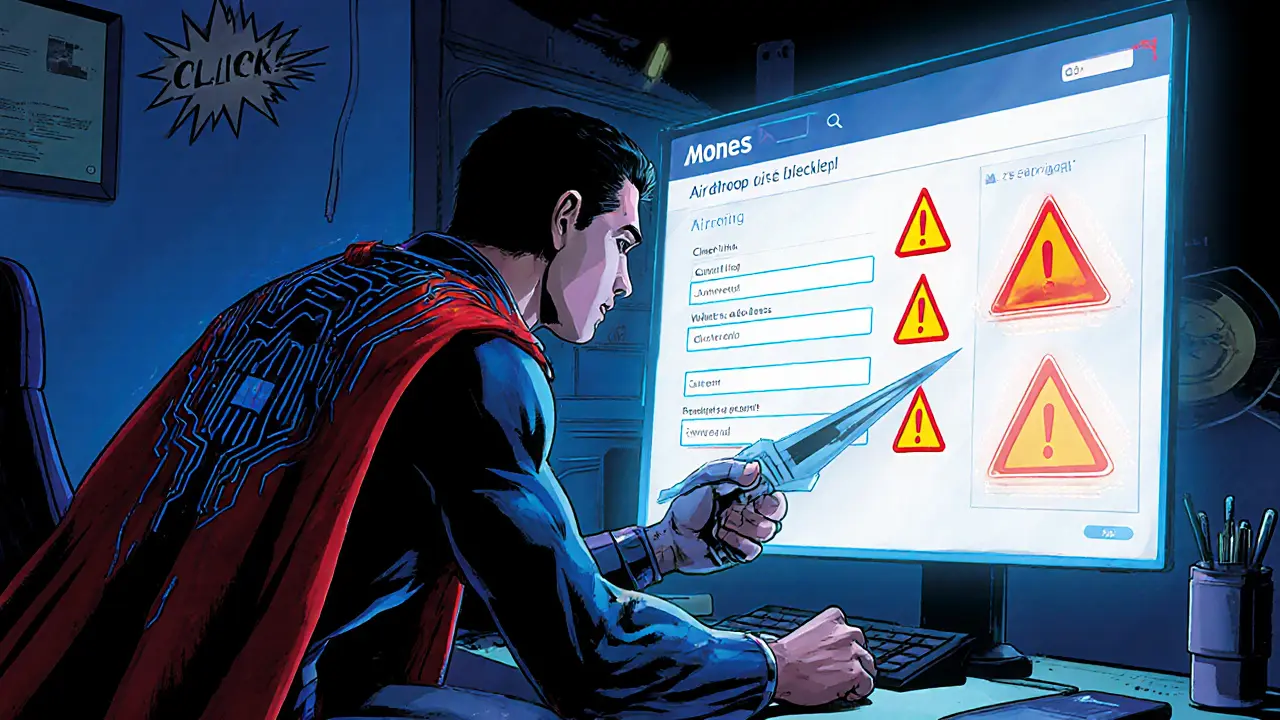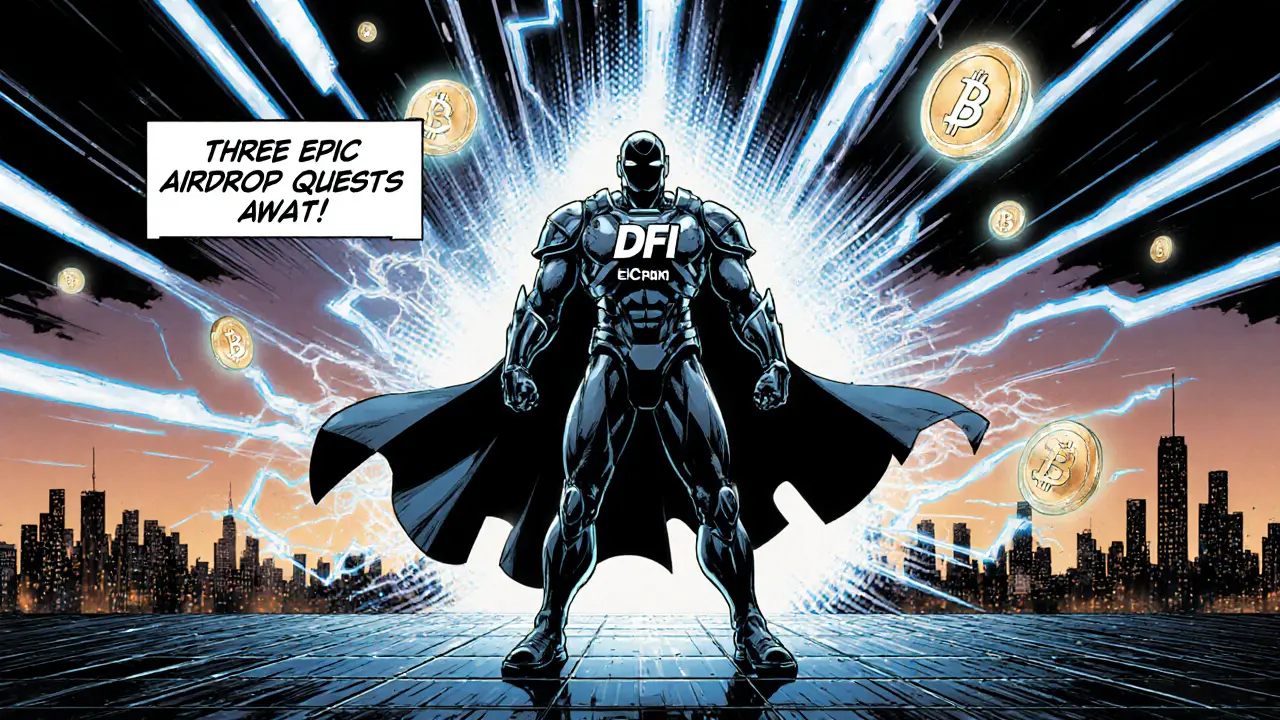Mones Airdrop 2025: What We Know About the MONES Campaign
Get the latest on the Mones airdrop, its campaign status, verification steps, red‑flags, and how to stay updated on the MONES token distribution.
When working with cryptocurrency airdrop, a free token distribution event that rewards participants to help a blockchain project grow. Also known as crypto airdrop, it creates buzz, builds community, and jump‑starts token liquidity.
At its core, an cryptocurrency airdrop relies on Token Distribution, the systematic allocation of new tokens to eligible users. Projects design the distribution model—sometimes a flat amount per wallet, other times based on prior holdings. This token distribution step encompasses eligibility rules, claim windows, and smart‑contract triggers, forming the backbone of every airdrop.
To actually receive the free tokens, users need a Web3 Wallet, a non‑custodial crypto wallet that can sign blockchain transactions. The wallet acts as the delivery address for the airdrop, and it requires the user to control private keys, ensuring only the rightful holder can claim. Popular options like MetaMask, Trust Wallet, or Ledger give you the flexibility to interact with multiple chains without giving up security.
Many projects add a twist by bundling NFT Giveaway, a free distribution of non‑fungible tokens that often include exclusive artwork or in‑game perks. An NFT giveaway influences community engagement because owners can showcase their collectibles, trade them, or unlock special features in a game. This hybrid approach—combining token airdrops with NFTs—has become a go‑to strategy for Web3 brands looking to build loyalty.
Understanding the timeline is crucial. Most airdrops follow a three‑stage flow: announcement, eligibility verification, and claim. During the announcement phase, projects publish criteria—such as holding a certain amount of a base token, completing social tasks, or joining a Telegram group. In the verification stage, smart contracts or off‑chain scripts check wallets against the rules. Finally, the claim window opens, and users submit a transaction from their Web3 wallet to receive the tokens or NFTs.
Not every free token promise is trustworthy. Look for three signals: a verifiable smart‑contract address, clear documentation on the project’s website, and a reputable team or backing accelerator. If the airdrop asks for private keys, seed phrases, or payment upfront, it’s almost certainly a scam. Genuine airdrops often provide a link to a read‑only blockchain explorer where you can see the contract code and past distribution events.
Another red flag is excessive social‑media hype with vague details. Legit projects will explain tokenomics, supply limits, and how the airdrop fits into the broader roadmap. They may also share community channels where you can ask questions and see real‑time updates. By cross‑checking the information across multiple sources, you reduce the risk of losing time or funds.
Finally, keep an eye on the network you’re targeting. Ethereum, BSC, Solana, and Polygon each have different gas costs and claim procedures. Some airdrops subsidize the gas fee, while others expect you to cover it. Knowing the network’s fee structure helps you decide whether the potential reward outweighs the transaction cost.
With these basics in mind, you’re ready to explore the list of guides below. They walk you through specific airdrops—like the Binopoly BINO drop, the Dragonary CYT giveaway, and the recent NFT Lunar Moon mission—show you how to set up the right wallet, claim safely, and avoid common pitfalls. Dive in and start collecting your free crypto rewards today.

Get the latest on the Mones airdrop, its campaign status, verification steps, red‑flags, and how to stay updated on the MONES token distribution.

Detailed guide on Franklin (FLY) token airdrop programs, how to claim, risks, and using FLY in the ecosystem.

Explore DeFiChain's three airdrop programs-Bitcoin holder, Cake DeFi partnership, and CoinMarketCap social-learn eligibility, claim steps, rewards, and how to maximize your earnings.